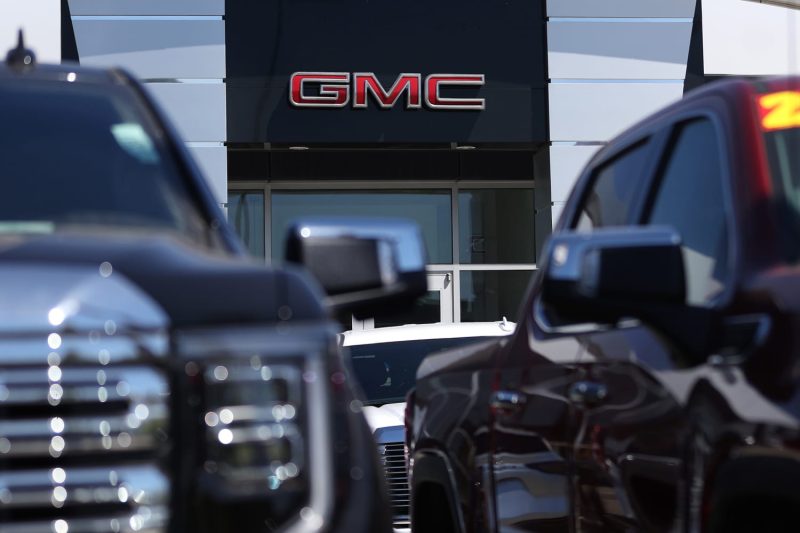General Motors (GM) recently announced a significant layoff of over 1,000 salaried employees in the software and services sectors. This move is part of the company’s ongoing efforts to streamline operations and drive efficiencies in response to changing market conditions. While this decision is undoubtedly challenging for those impacted, it underscores the need for organizations to adapt to evolving industry trends to remain competitive.
The automotive industry is experiencing a rapid transformation fueled by technological advancements, changing consumer preferences, and the shift towards electric and autonomous vehicles. As a result, traditional automakers like GM are facing increasing pressure to innovate and enhance their digital capabilities to stay ahead in the market.
By laying off employees in the software and services domains, GM is signaling its commitment to optimizing its workforce structure to align with its strategic objectives. This restructuring is likely driven by the need to rationalize costs, improve agility, and focus on core competencies that will position the company for long-term success.
While the decision to downsize may seem harsh, it is a strategic move aimed at ensuring GM’s sustainability and relevance in a rapidly evolving industry landscape. By reallocating resources and reshaping its workforce, the company can better position itself to capitalize on emerging opportunities and navigate potential challenges in the future.
In response to these layoffs, GM has emphasized its commitment to supporting affected employees through severance packages, job placement assistance, and other resources to ease the transition. This proactive approach to mitigating the impact of workforce reductions reflects the company’s recognition of the human element involved in such decisions.
Furthermore, GM’s focus on technology and innovation remains unwavering, as evidenced by its continued investments in electric vehicles, autonomous driving capabilities, and other cutting-edge technologies. By leveraging its digital expertise and embracing change, GM is poised to remain a key player in the automotive industry’s ongoing evolution.
In conclusion, GM’s decision to lay off over 1,000 salaried software and services employees is a strategic maneuver aimed at driving efficiency, adapting to market dynamics, and reinforcing the company’s commitment to long-term success. While workforce reductions are never easy, they are sometimes necessary to ensure organizational resilience and competitiveness in a rapidly changing business environment. GM’s proactive measures to support affected employees and maintain its focus on innovation underscore its determination to navigate the challenges and opportunities that lie ahead in the automotive industry.




























